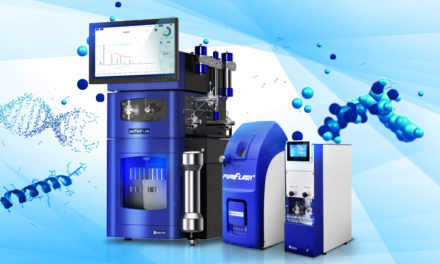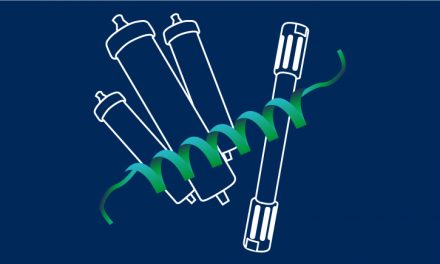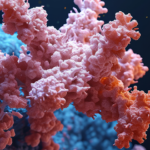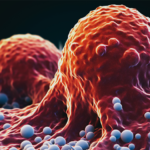Due to their particular structure, the puriFLash® Monolith columns provide a great help for all the points on which a balance must be implemented.
The purification must be as fast as possible so as not to slow down the production process, which is why puriFlash® Monolith columns are essential for all purifications. They will save time for this important step, up to 80% less time.
What is a puriFlash® monolith column?
Interchim® Peptides monolith column is a pre-packed column with the novel silica gel for reversed-phase liquid chromatography that will permit high-speed processing only with a medium to low back pressure.
How puriFlash® monolith columns can provide best results?

In the pores of this monolith, there are two structures (Macro and micro pores), which allow a faster and deeper diffusion of the solvent inside the particles. That conduces to a more effective purification, especially of macromolecules such as peptides, with an extremely low pressure.
This structure makes it possible to work at flow rates 4 to 5 times greater than the optimum flow rate, and with a loss of resolution much less than conventional silica.
1. Less pressure
Save time for purification by increasing the flow-rate for your methods.
Loss of resolution will be low.

Application :
Dual pore |
Conventional silica 15µm |

Column F0025 @ 15mL/min |
Column F0025 @ 15mL/min |

2 x Column F0025 @ 15mL/min |
2 x Column F0025 @ 15mL/min |
|
2 x Column F0025 @ 60mL/min |
High pressure even at 2 times |
| Samples: 1- GLY-TYR 238 2- VAL-TYR-VAL 380 3- Met-Enkephalin 574 4- Angiotensin 1 000 5- Cytochrome c from bovine heart 11749 Inj. 0.15mL |
Gradient: water/ACN + 0.1%TFA 5 to 60% en ACN 15mL/min in 33.75min 15mL/min in 66.5min (2 coluns stacked) 60mL/min in 16.5min (2 coluns stacked) Detection : 215nm |
2. Improve resolution of Flash
Comparison with conventional columns:
| Riboflavin | Allura red AC | Cyanocobalamin |
 |
 |
 |
Normale Phase
 |
 |
 |
 |
 |
| DualPore | B 20 µm | Y 25 µm | G 20 µm | I 15 µm |
Sample: Allura red AC, brilliant blue FCF, cyanocobalamin and rhodamine B, Eluant: hexane : ethanol = 70 : 30
Reversed Phase
 |
 |
 |
 |
 |
 |
| DualPore | B 20 µm | Y 40 µm | Y 25 µm | G 20 µm | I 15 µm |
Sample: Allura red AC, Fast green FCF, riboflavin and rhodamine B, Eluant: acetonitrile : water = 15 : 85
Compared to columns filled with a conventional silica, it can be seen that columns filled with a monolithic phase have a smaller sample diffusion band.
It becomes easier to purify polar compounds. Indeed, the weak broadening of the compound bands allows a better separation for close retention time compounds.
| β-carotene | Brilliant Blue FCF | Rhodamine B |
 |
 |
 |
| DualPore Flash | B 20 µm | I 15 µm |
 |
 |
 |
 |
 |
 |
Sample: β-carotene, brilliant blue FCF, and rhodamine B, Hexane : ethanol = 7:3
Application for natural products
Purification of carotenoids
 |
 |
 |
| SIL : Spirilloxanthin extracted from Photosynthetic bacteria | ODS: lycopene extracted from tomato paste | |
To summarize the advantages of choosing Monolith puriFlash® columns :
- Low pressure. (It is possible to use solvents that generally generate high pressure)
- Increase productivity by using higher flow rates during purifications.
- Low diffusion of the sample in the column, allowing to separate compounds of close retention time.
Learn more:
- Find the complete list for Interchim Monolith column
- Find application notes:
– Purification of Galactosamine derivative using PM-30C18-F0025
– Purification of Peptides, Advantage of puriFlash Monolith Columns
– Purification of Peptides, Benefit of Column Stacking - To buy puriFlash monolith column
- Follow our news on LinkedIn


















